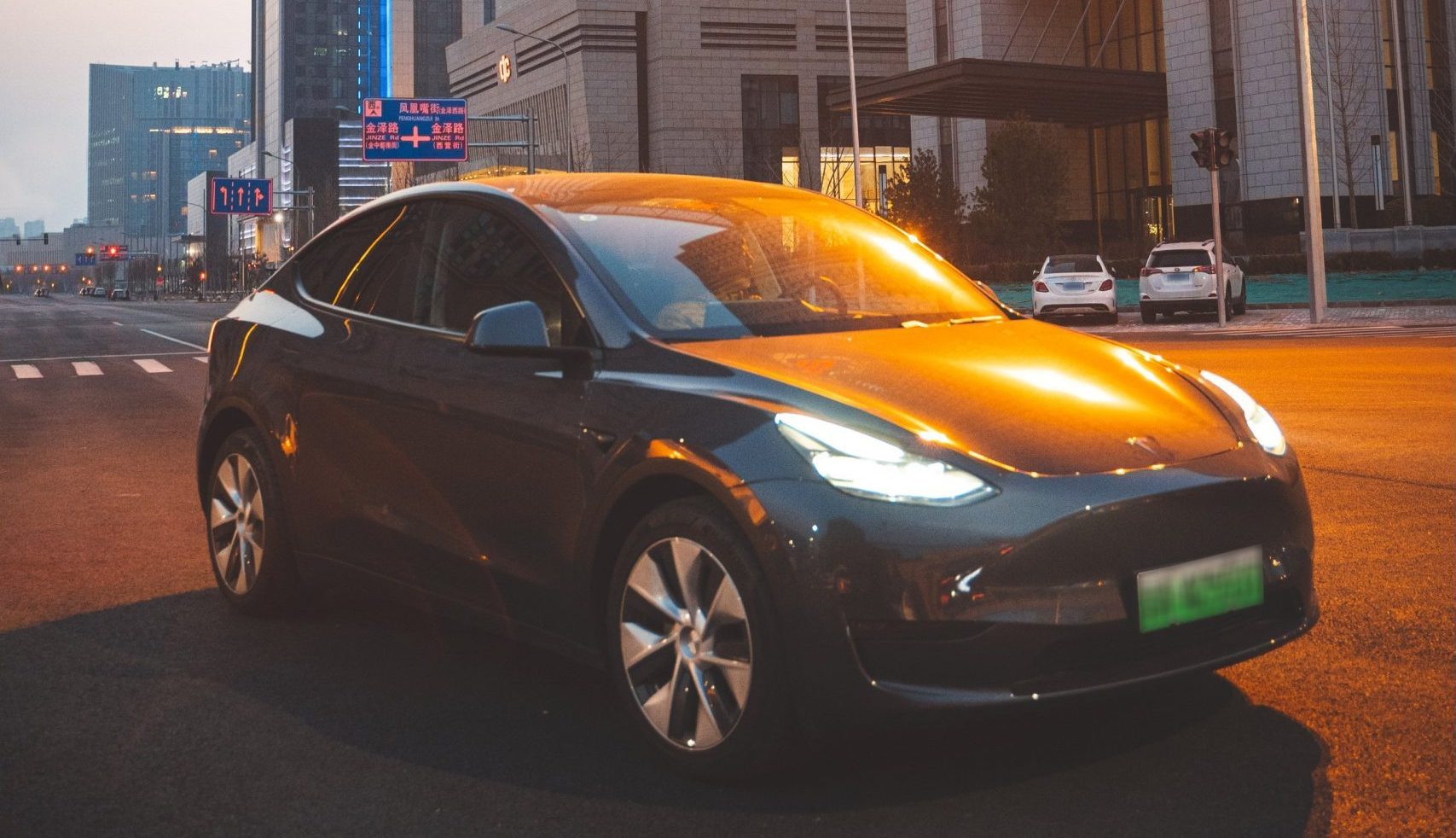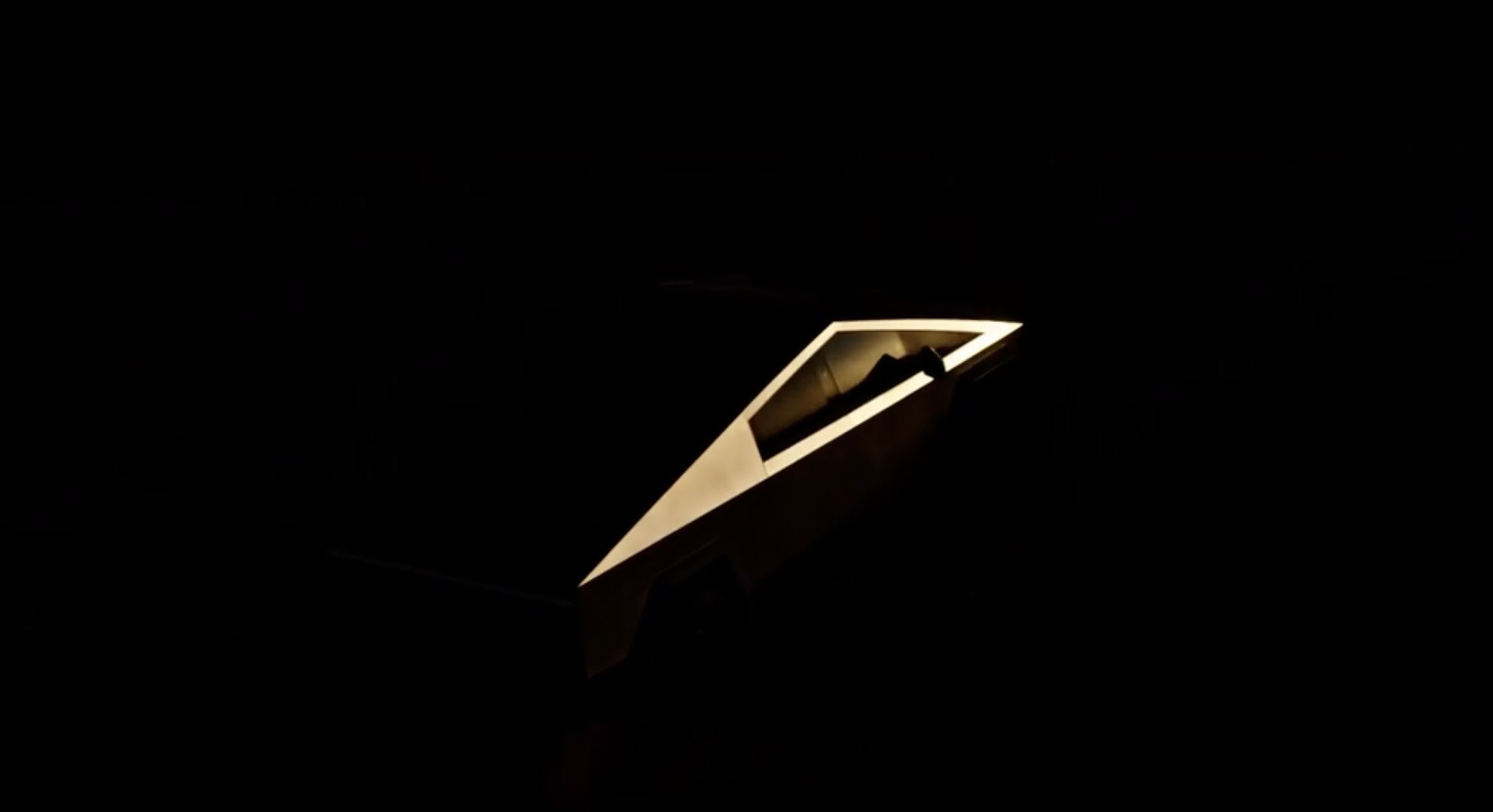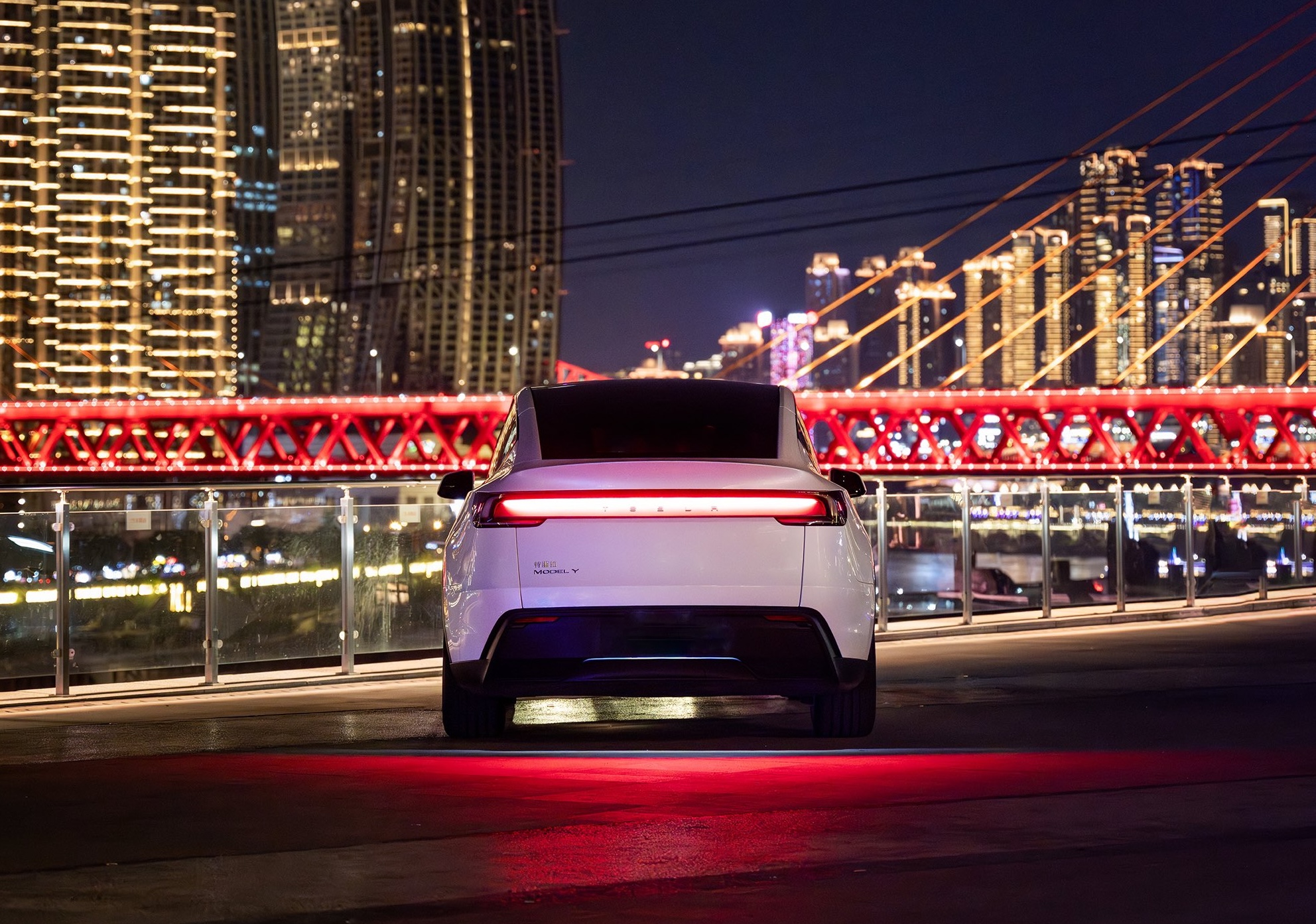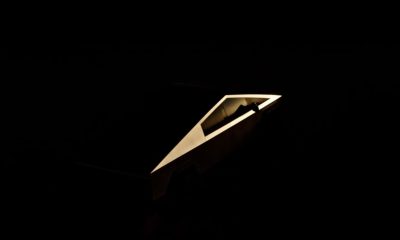

News
Media outlet apologizes to Tesla for “brake failure” reports with zero evidence
In a rather surprising turn of events, domestic auto media outlets in China have issued a public apology regarding their coverage of Tesla, particularly on the company’s alleged “brake failure” incidents, which were widely reported in recent weeks. According to the outlets’ apologies, reports about Tesla China’s “brake failure” incidents were simply rumors, and were backed by zero evidence.
Retractions about questionable reporting surrounding Tesla China were shared late last week, suggesting that the EV maker may be putting in some serious effort to battle misleading media reports. Interestingly enough, the outlet that admitted to making up the incidents about Tesla’s “brake failures” also urged other media outlets to delete their false articles. It also pledged to stop spreading unfounded rumors in the future.
An auto social media outlet in China steps out, publicly apologizing to @Teslacn for spreading “brake failure” rumors without evidence. He urges other outlets to delete the false info & promises to stop spreading rumors in the future. Very interesting development. #FUD, #TSLAQ pic.twitter.com/bLmmPzcT4S
— Ray (@ray4tesla) May 14, 2021
This is not all, as another media outlet has also issued a public apology to Tesla China for publishing a story about the EV maker’s alleged plans to abandon the domestic market after its loans are fully paid off due to the debut of Huawei’s smart car initiative. As per members of the EV community, the media outlet’s public apology was strongly worded, with the publication directly admitting that it had fabricated the story.
One more Chinese social media outlet publicly apologizes to @Teslacn for fabricating the untrue story that Tesla will abandon China market after the loan is paid off due to the recent debut of Huawei’s smart car initiative. Looks like Tesla’s legal team is going after FUDsters. https://t.co/aMAjaVPbVg
— Ray (@ray4tesla) May 14, 2021
Considering the direct nature of the apologies and retractions, speculations among the EV community have suggested that Tesla China may be taking action against false media reports. This is admirable, of course, and it ultimately shows that a Tesla with an assertive media presence can set the record straight when misleading reports become too prevalent. Of course, the state government’s generally positive stance towards Tesla may have also played a part in the shift in Tesla China’s narrative.
And more… pic.twitter.com/oMnuyOftCq
— Charles⚡️ (@Charleswcqca) May 14, 2021
Tesla China was embroiled in a rather thick wave of negative news last month, with a high-profile protest from a disgruntled former Model 3 owner during the Shanghai Auto Show making international news. The owner, who claimed that her Model 3’s faulty brakes caused the vehicle to crash, attracted extensive coverage from across the globe. It did not take long before a narrative suggesting that Teslas had faulty brakes settled in. In the weeks since the “brake failure” rumors emerged, some Tesla owners in China reported that they were barred from entering some public places due to guards insisting that their cars’ brakes cause accidents.
Together with the EV maker’s alleged canceled plans for the country, these reports painted a negative picture of the company’s future in China. But with the air now cleared of misconception and the facts laid out, perhaps Tesla China’s expansion and programs could now be covered in a manner that is thorough, fair, and accurate at the same time.
Don’t hesitate to contact us for news tips. Just send a message to tips@teslarati.com to give us a heads up.
Investor's Corner
Tesla delivers 384,000 vehicles in Q2 2025, deploys 9.6 GWh in energy storage
The quarter’s 9.6 GWh energy storage deployment marks one of Tesla’s highest to date.

Tesla (NASDAQ: TSLA) has released its Q2 2025 vehicle delivery and production report. As per the report, the company delivered over 384,000 vehicles in the second quarter of 2025, while deploying 9.6 GWh in energy storage. Vehicle production also reached 410,244 units for the quarter.
Model 3/Y dominates output, ahead of earnings call
Of the 410,244 vehicles produced during the quarter, 396,835 were Model 3 and Model Y units, while 13,409 were attributed to Tesla’s other models, which includes the Cybertruck and Model S/X variants. Deliveries followed a similar pattern, with 373,728 Model 3/Ys delivered and 10,394 from other models, totaling 384,122.
The quarter’s 9.6 GWh energy storage deployment marks one of Tesla’s highest to date, signaling continued strength in the Megapack and Powerwall segments.

Year-on-year deliveries edge down, but energy shows resilience
Tesla will share its full Q2 2025 earnings results after the market closes on Wednesday, July 23, 2025, with a live earnings call scheduled for 4:30 p.m. CT / 5:30 p.m. ET. The company will publish its quarterly update at ir.tesla.com, followed by a Q&A webcast featuring company leadership. Executives such as CEO Elon Musk are expected to be in attendance.
Tesla investors are expected to inquire about several of the company’s ongoing projects in the upcoming Q2 2025 earnings call. Expected topics include the new Model Y ramp across the United States, China, and Germany, as well as the ramp of FSD in territories outside the US and China. Questions about the company’s Robotaxi business, as well as the long-referenced but yet to be announced affordable models are also expected.
News
Tesla China breaks 8-month slump by selling 71,599 vehicles wholesale in June
Tesla China’s June numbers were released by the China Passenger Car Association (CPCA) on Tuesday.

Tesla China was able to sell 71,599 vehicles wholesale in June 2025, reversing eight consecutive months of year-over-year declines. The figure marks a 0.83% increase from the 71,599 vehicles sold wholesale in June 2024 and a 16.1% jump compared to the 61,662 vehicles sold wholesale in May.
Tesla China’s June numbers were released by the China Passenger Car Association (CPCA) on Tuesday.
Tesla China’s June results in focus
Tesla produces both the Model 3 and Model Y at its Shanghai Gigafactory, which serves as the company’s primary vehicle export hub. Earlier this year, Tesla initiated a changeover for its best-selling vehicle, the Model Y, resulting in a drop in vehicle sales during the first and second quarters.
Tesla’s second-quarter China sales totaled 191,720 units including exports. While these numbers represent a 6.8% year-over-year decline for Tesla China, Q2 did show sequential improvement, rising about 11% from Q1 2025, as noted in a CNEV Post report.
For the first half of the year, Tesla sold 364,474 vehicles wholesale. This represents a 14.6% drop compared to the 426,623 units sold wholesale in the first half of 2024.
China’s competitive local EV market
Tesla’s position in China is notable, especially as the new Model Y is gaining ground in the country’s BEV segment. That being said, Tesla is also facing competition from impressive local brands such as Xiaomi, whose new YU7 electric SUV is larger and more affordable than the Model Y.
The momentum of the YU7 is impressive, as the vehicle was able to secure 200,000 firm orders within three minutes and over 240,000 locked-in orders within 18 hours. Xiaomi’s previous model, the SU7 electric sedan, which is aimed at the Tesla Model 3, also remains popular, with June deliveries surpassing 25,000 units for the ninth straight month.
While China’s EV market is getting more competitive, Tesla’s new Model Y is also ramping its production and deliveries. Needless to say, Tesla China’s results for the remaining two quarters of 2025 will be very interesting.
Elon Musk
Tesla reveals it is using AI to make factories more sustainable: here’s how
Tesla is using AI in its Gigafactory Nevada factory to improve HVAC efficiency.

Tesla has revealed in its Extended Impact Report for 2024 that it is using Artificial Intelligence (AI) to enable its factories to be more sustainable. One example it used was its achievement of managing “the majority of the HVAC infrastructure at Gigafactory Nevada is now AI-controlled” last year.
In a commitment to becoming more efficient and making its production as eco-friendly as possible, Tesla has been working for years to find solutions to reduce energy consumption in its factories.
For example, in 2023, Tesla implemented optimization controls in the plastics and paint shops located at Gigafactory Texas, which increased the efficiency of natural gas consumption. Tesla plans to phase out natural gas use across its factories eventually, but for now, it prioritizes work to reduce emissions from that energy source specifically.
It also uses Hygrometric Control Logic for Air Handling Units at Giafactory Berlin, resulting in 17,000 MWh in energy savings each year. At Gigafactory Nevada, Tesla saves 9.5 GWh of energy through the use of N-Methylpyrrolidone refineries when extracting critical raw material.
Perhaps the most interesting way Tesla is conserving energy is through the use of AI at Gigafactory Nevada, as it describes its use of AI to reduce energy demand:
“In 2023, AI Control for HVAC was expanded from Nevada and Texas to now include our Berlin-Brandenburg and Fremont factories. AI Control policy enables HVAC systems within each factory to work together to process sensor data, model factory dynamics, and apply control actions that safely minimize the energy required to support production. In 2024, this system achieved two milestones: the majority of HVAC infrastructure at Gigafactory Nevada is now AI-controlled, reducing fan and thermal energy demand; and the AI algorithm was extended to manage entire chiller plants, creating a closed-loop control system that optimizes both chilled water consumption and the energy required for its generation, all while maintaining factory conditions.”
Tesla utilizes AI Control “primarily on systems that heat or cool critical factory production spaces and equipment.” AI Control communicates with the preexisting standard control logic of each system, and any issues can be resolved by quickly reverting back to standard control. There were none in 2024.
Tesla says that it is utilizing AI to drive impact at its factories, and it has proven to be a valuable tool in reducing energy consumption at one of its facilities.
-

 Elon Musk2 days ago
Elon Musk2 days agoTesla investors will be shocked by Jim Cramer’s latest assessment
-

 News7 days ago
News7 days agoTesla Robotaxi’s biggest challenge seems to be this one thing
-

 News2 weeks ago
News2 weeks agoTesla’s Grok integration will be more realistic with this cool feature
-

 Elon Musk2 weeks ago
Elon Musk2 weeks agoElon Musk slams Bloomberg’s shocking xAI cash burn claims
-

 News2 weeks ago
News2 weeks agoTexas lawmakers urge Tesla to delay Austin robotaxi launch to September
-

 News2 weeks ago
News2 weeks agoTesla dominates Cars.com’s Made in America Index with clean sweep
-

 Elon Musk1 week ago
Elon Musk1 week agoFirst Look at Tesla’s Robotaxi App: features, design, and more
-

 Elon Musk2 weeks ago
Elon Musk2 weeks agoTesla Robotaxis are becoming a common sight on Austin’s public roads

















